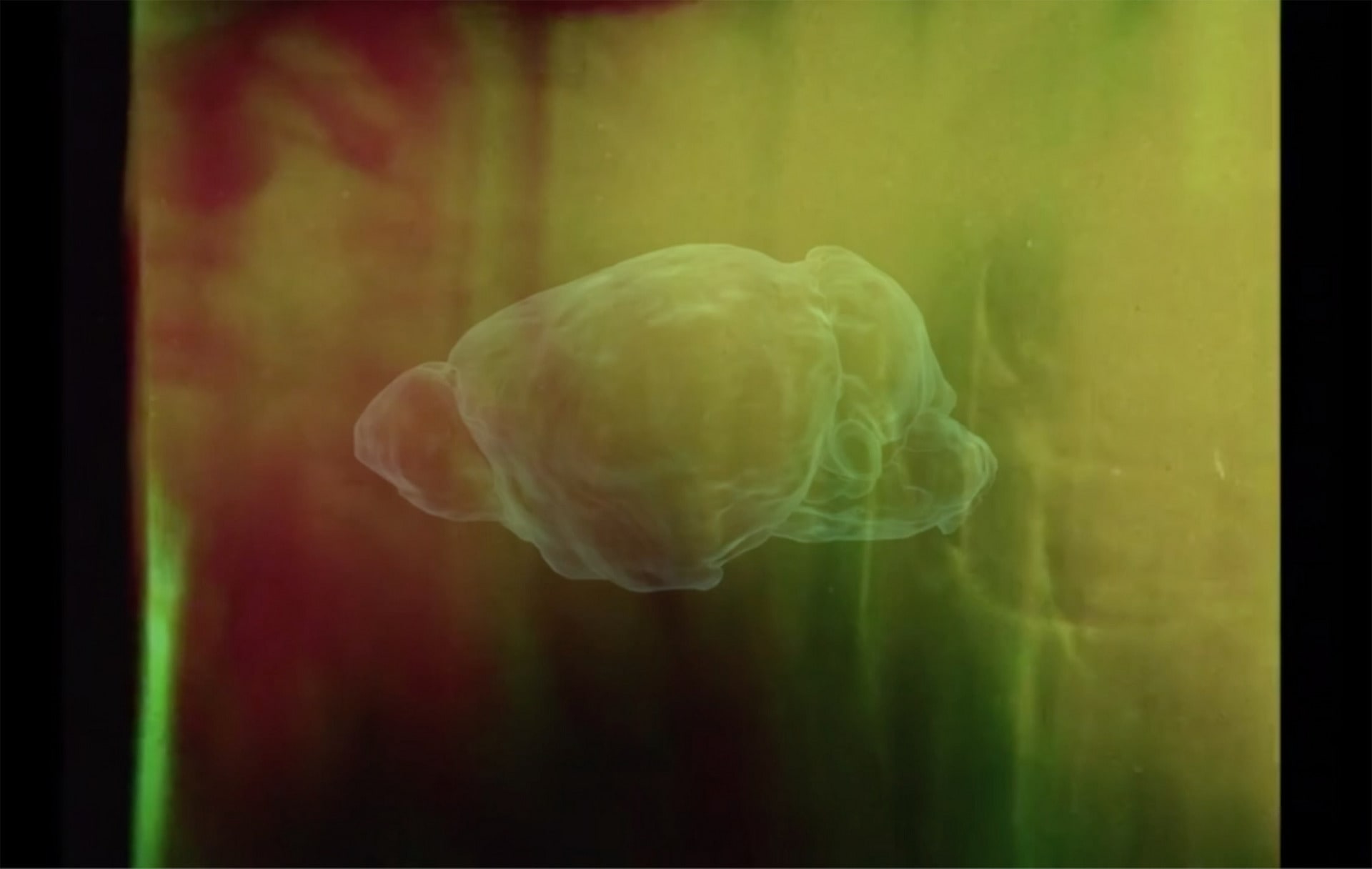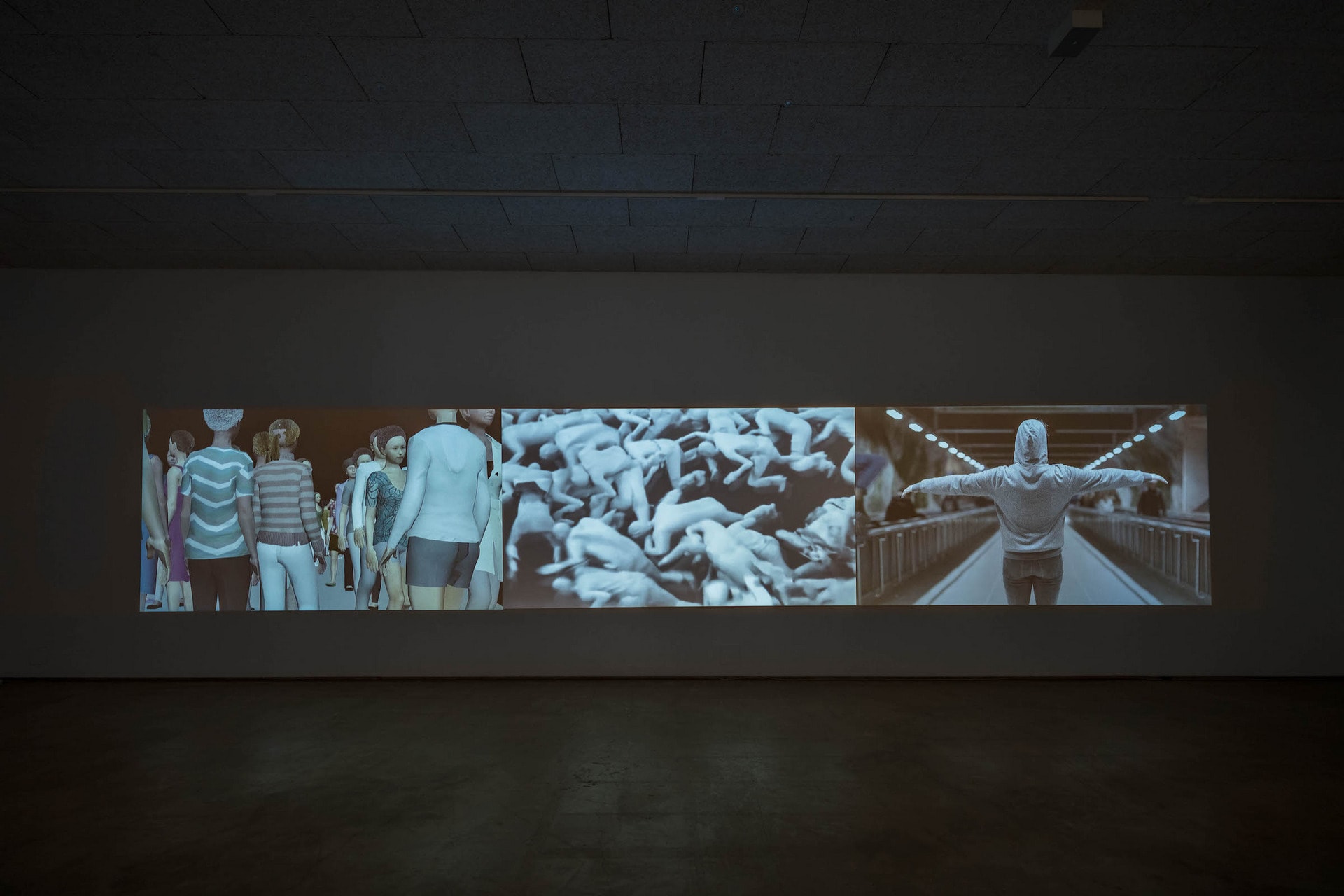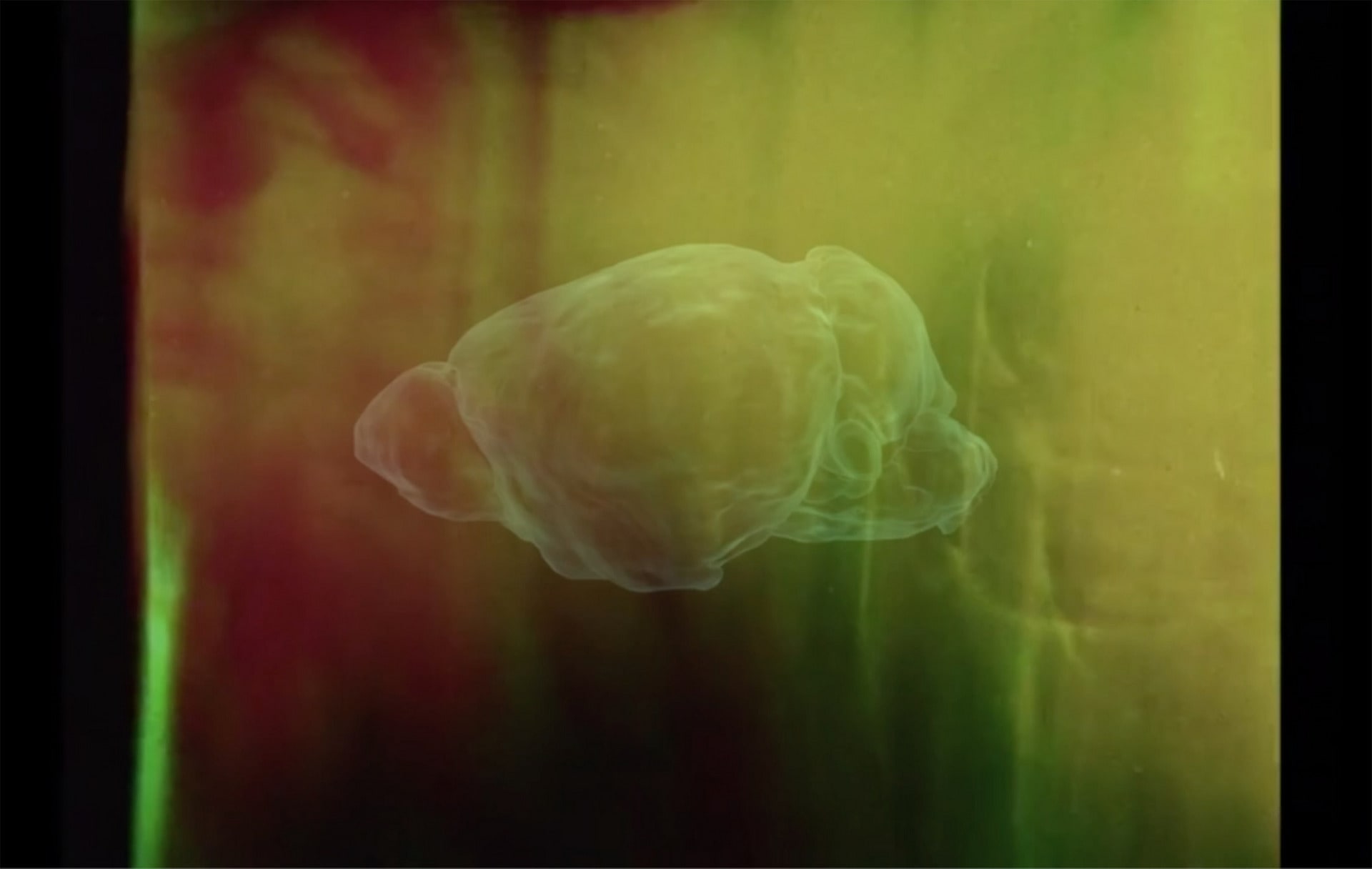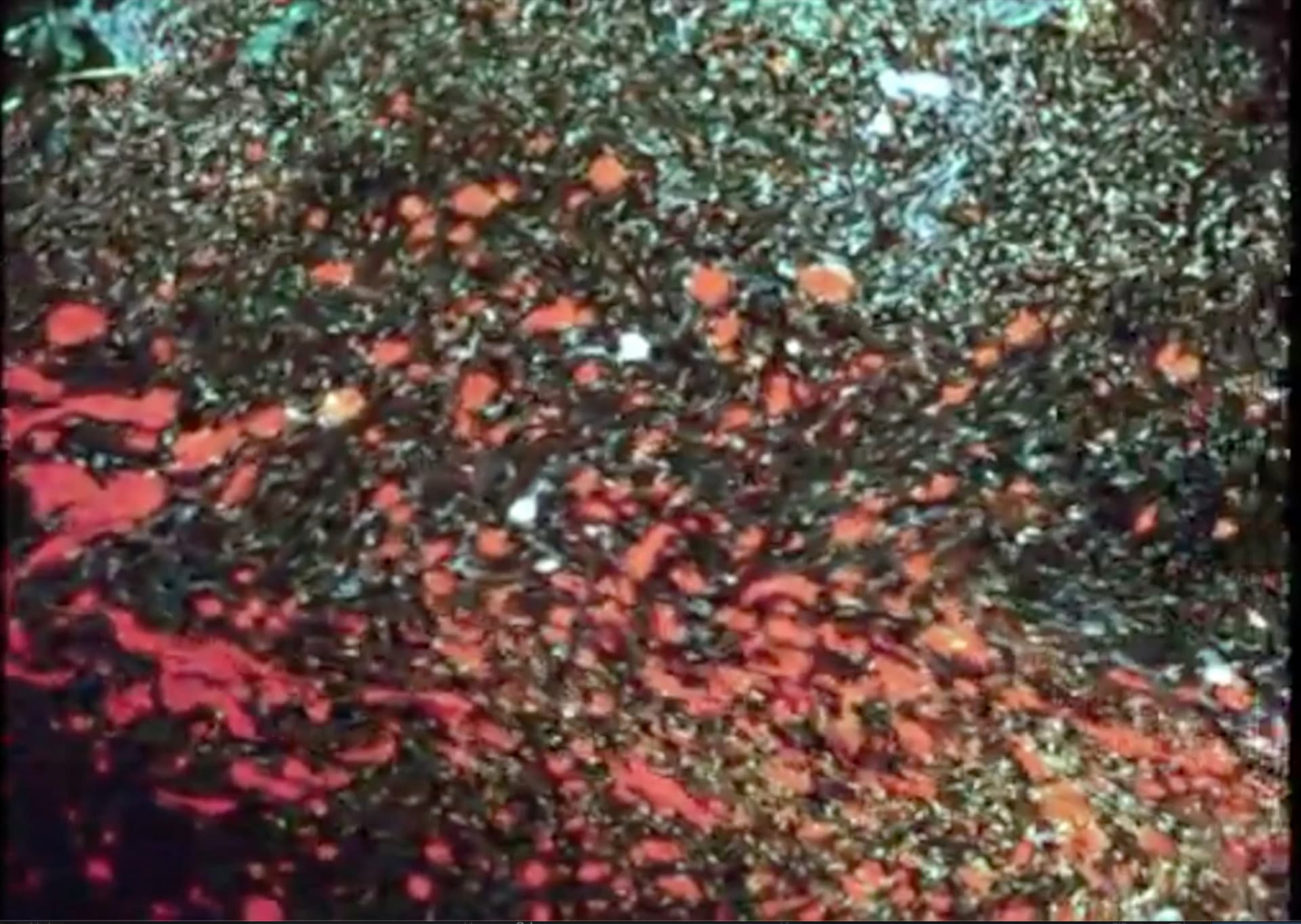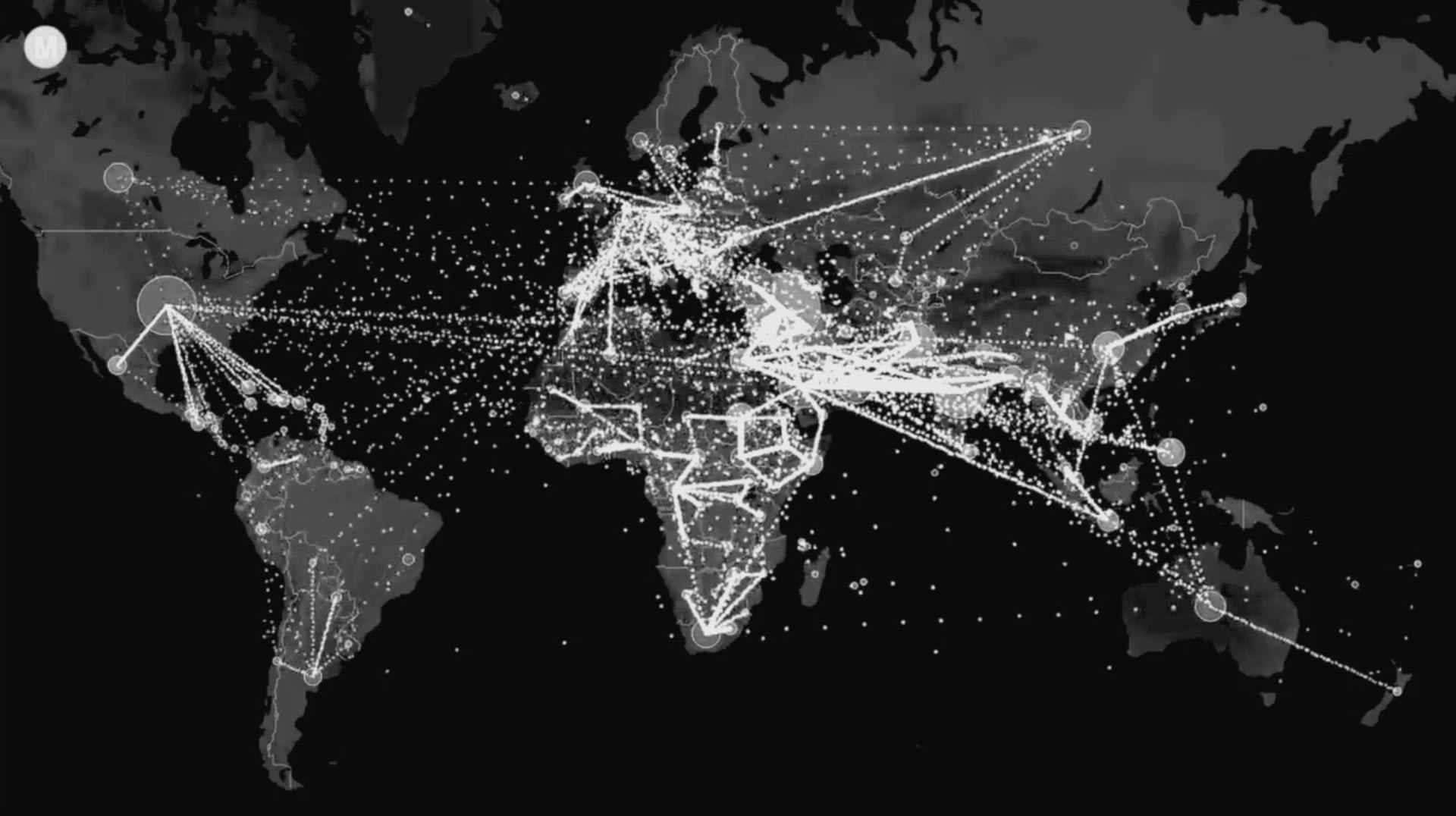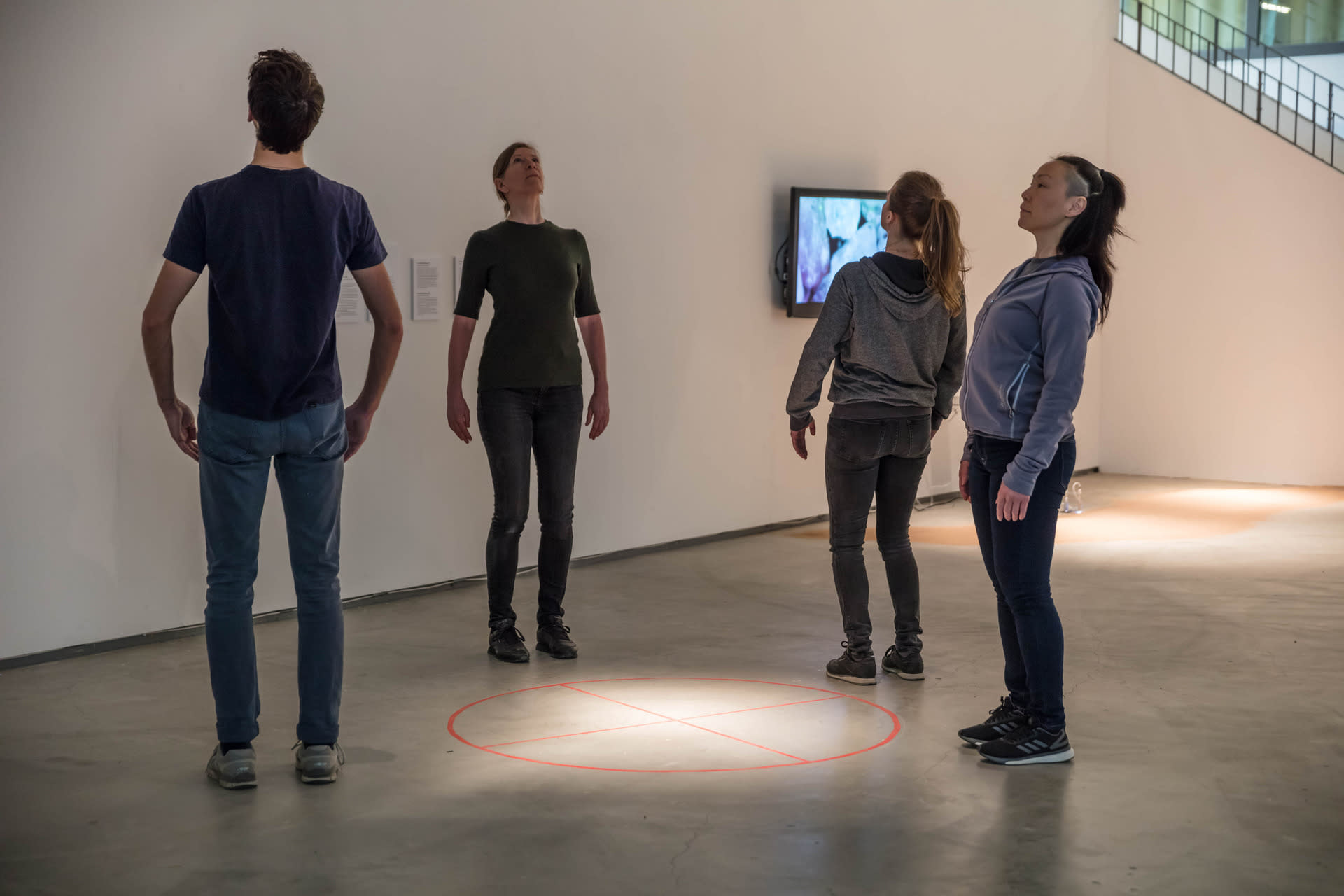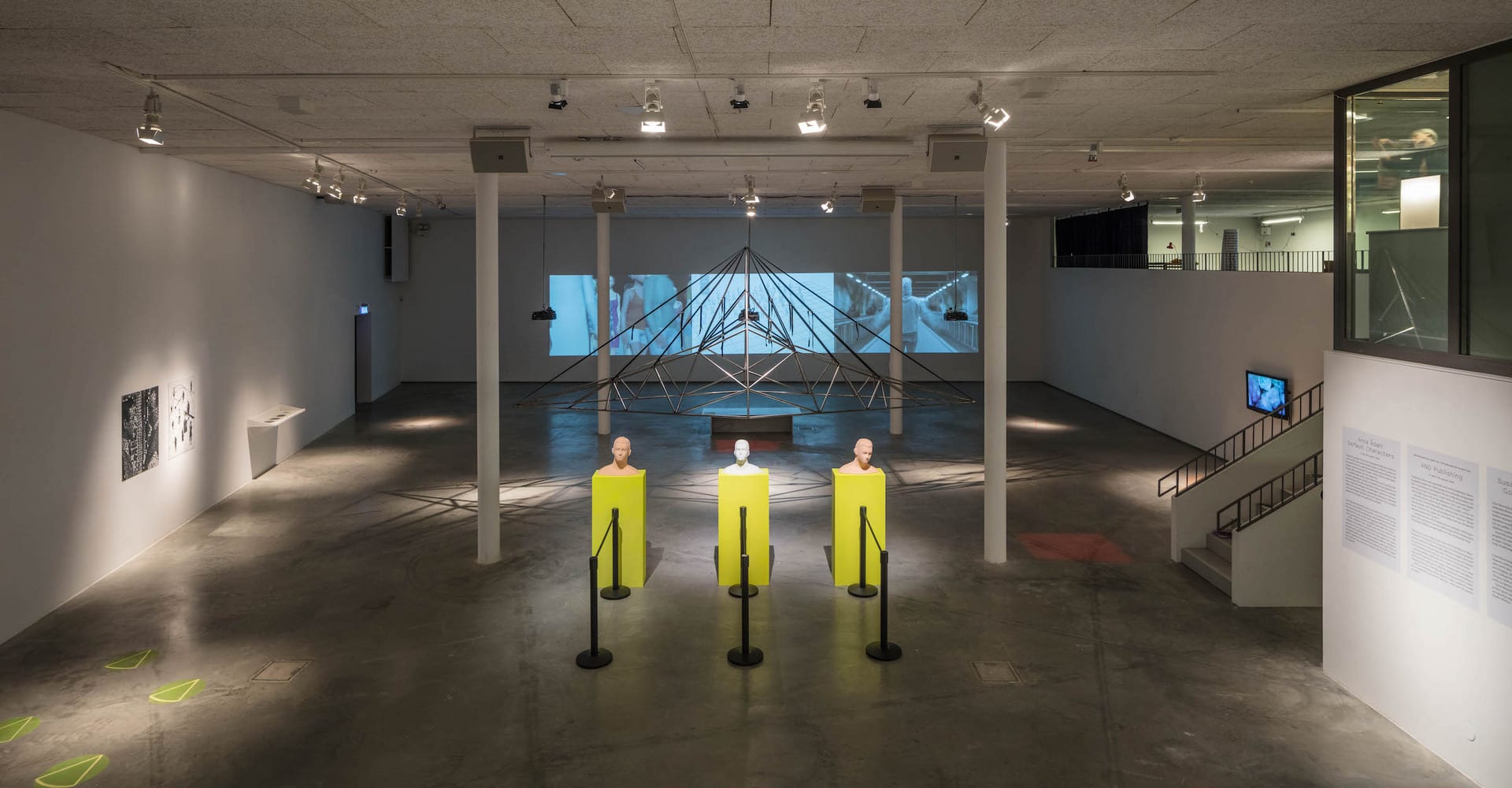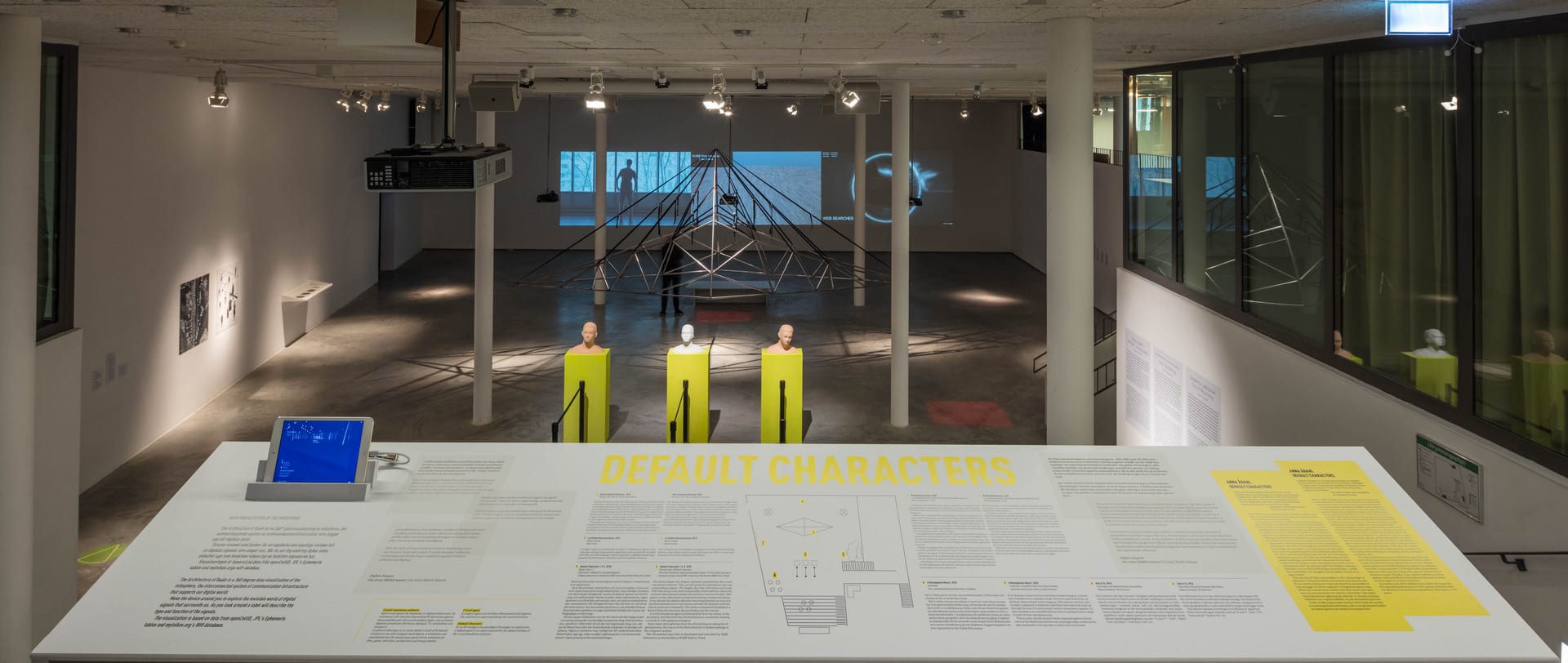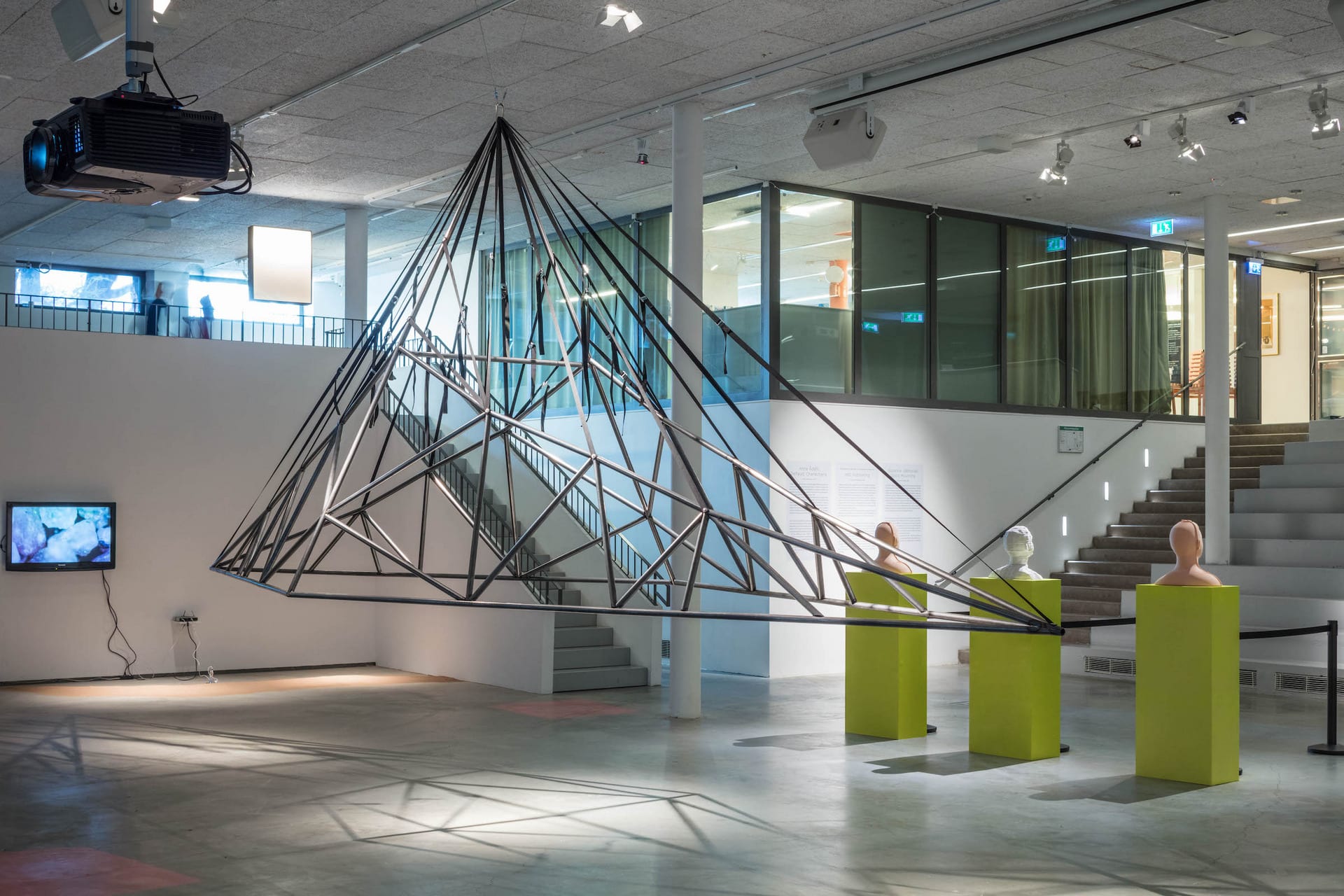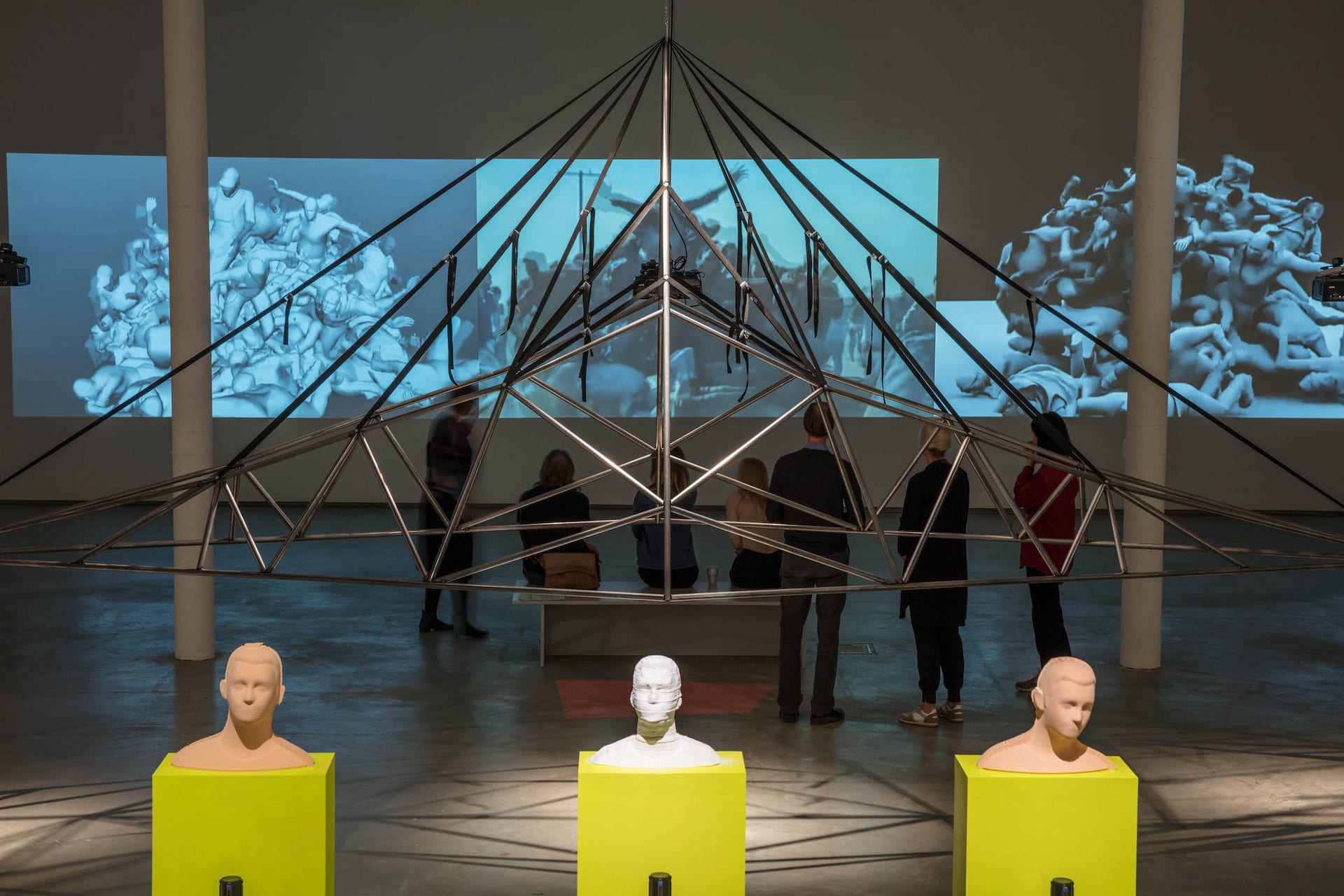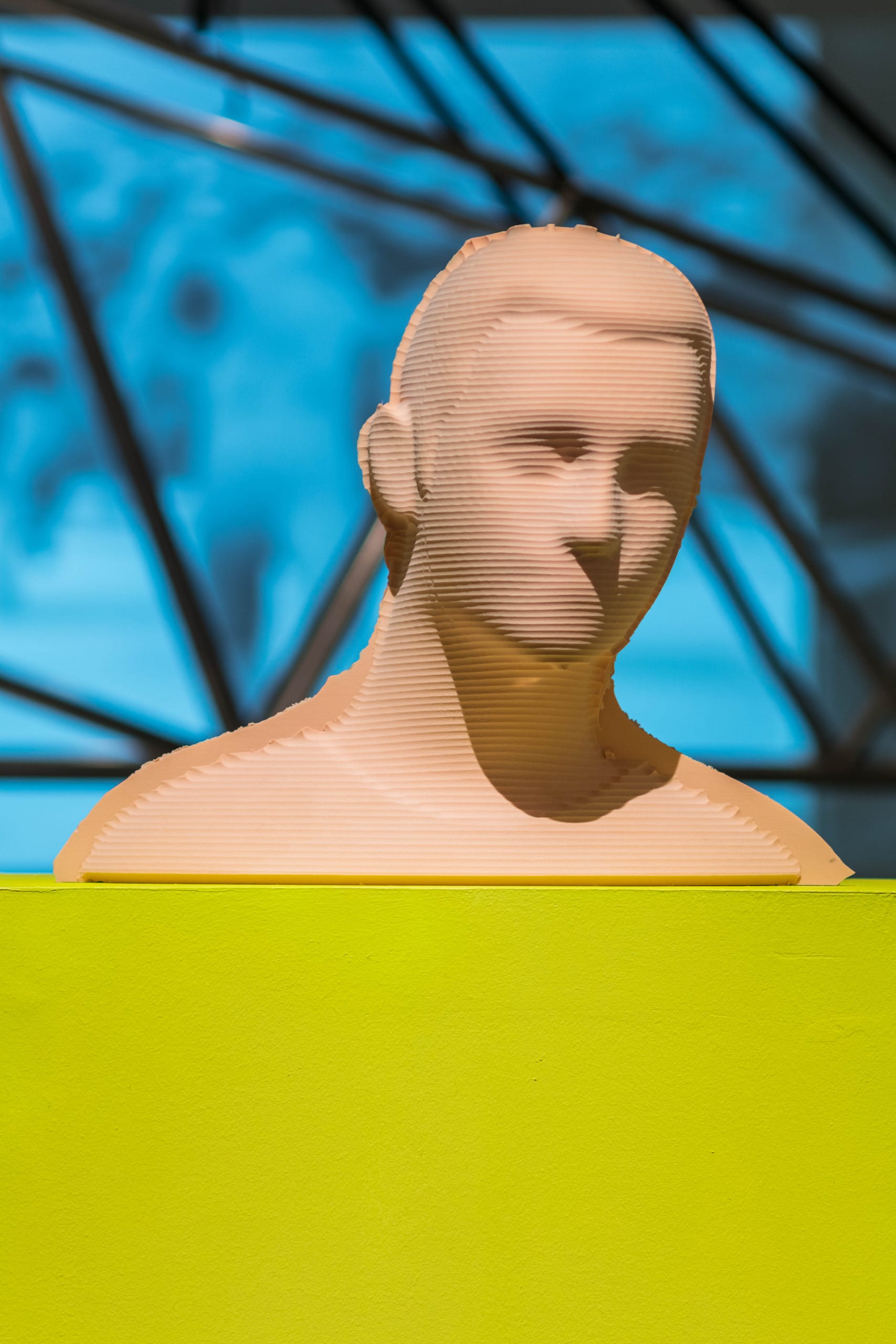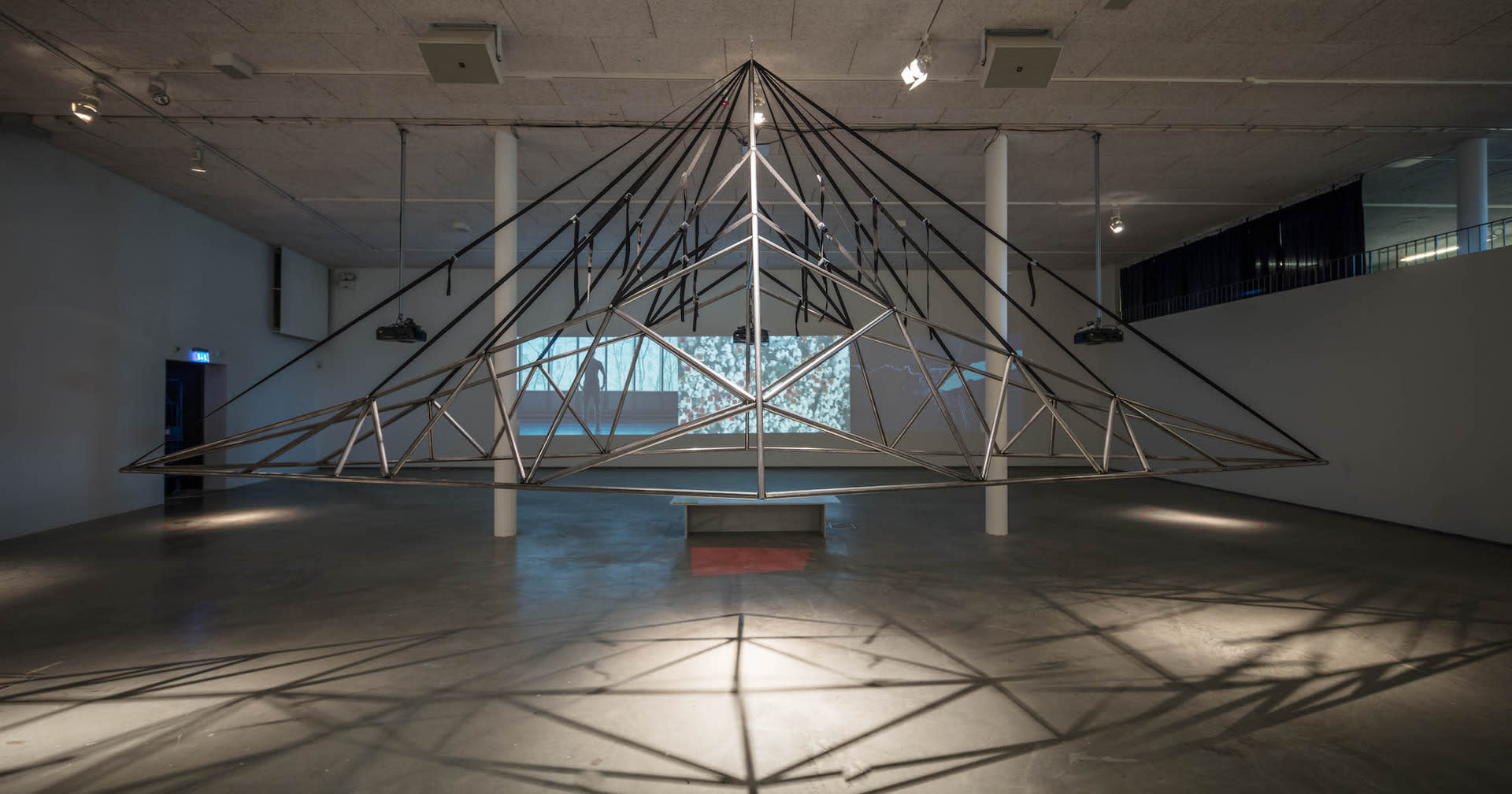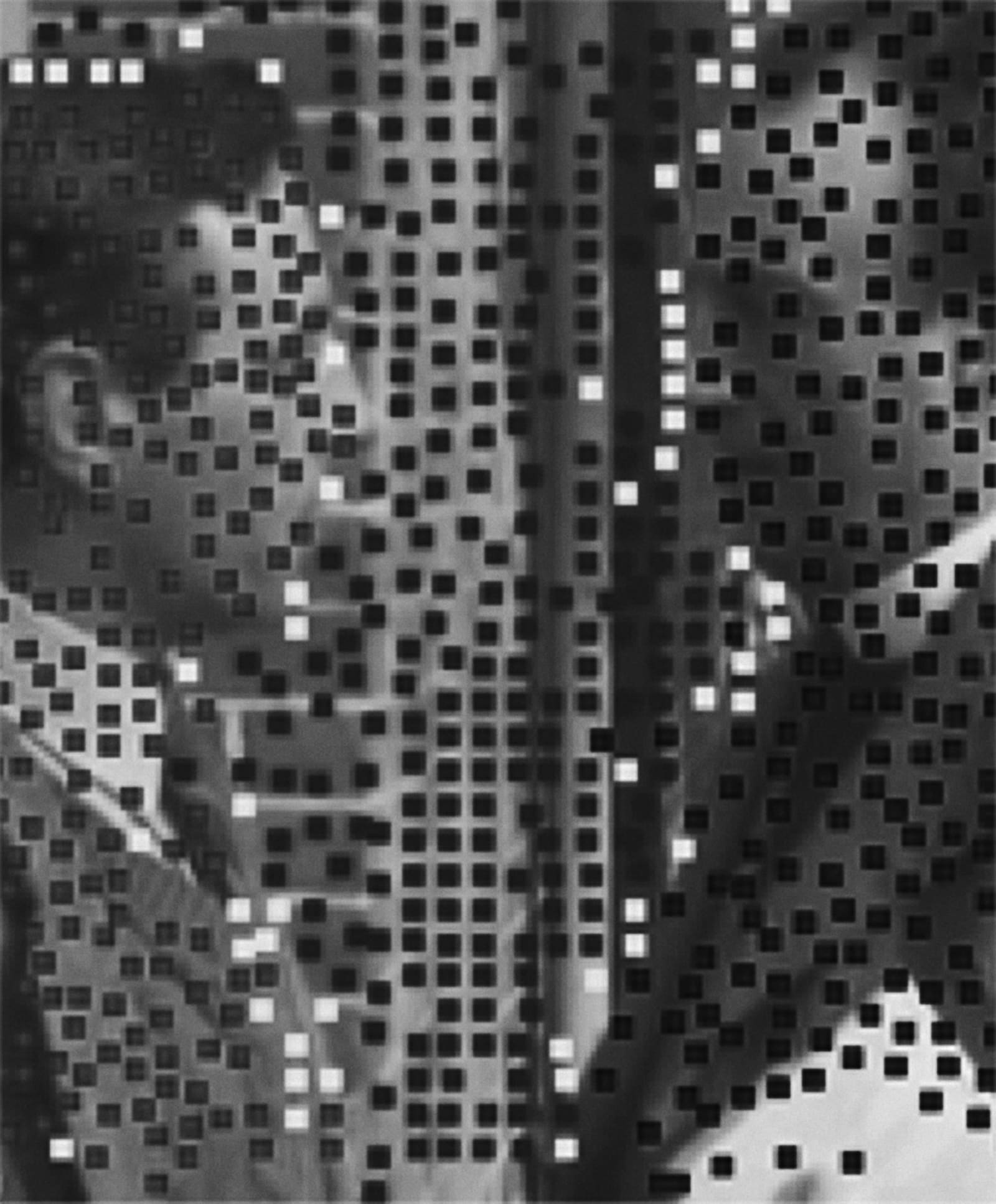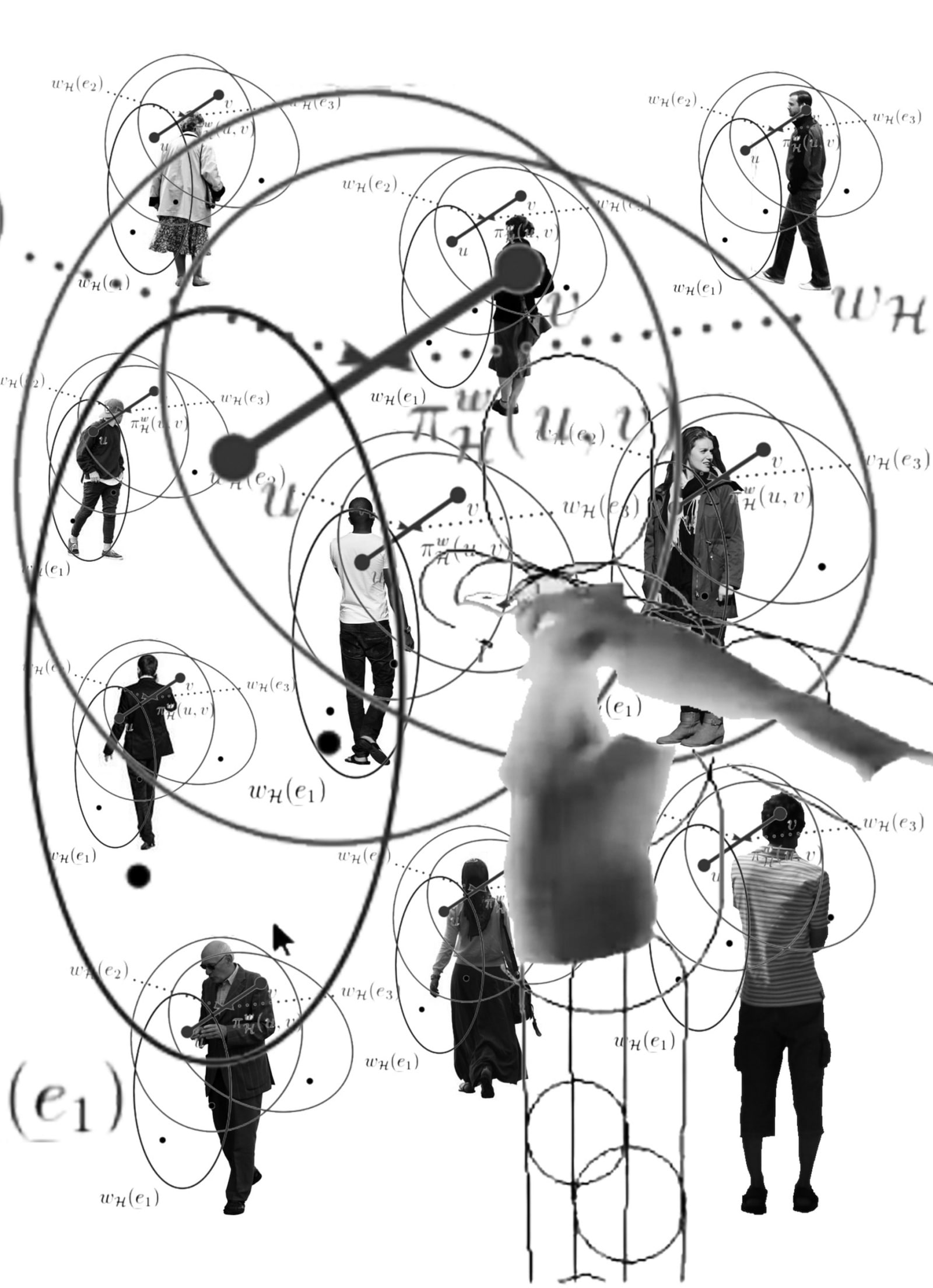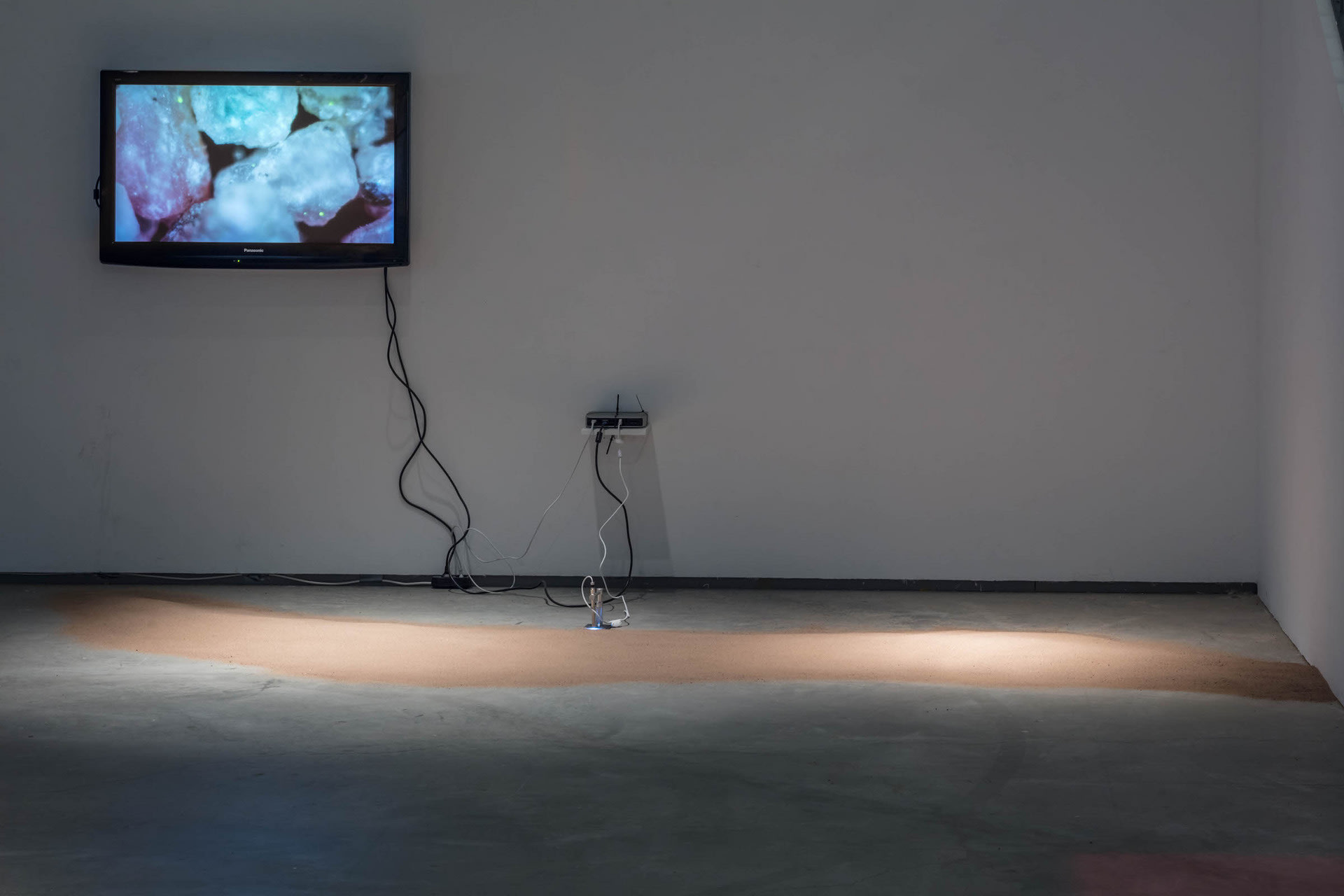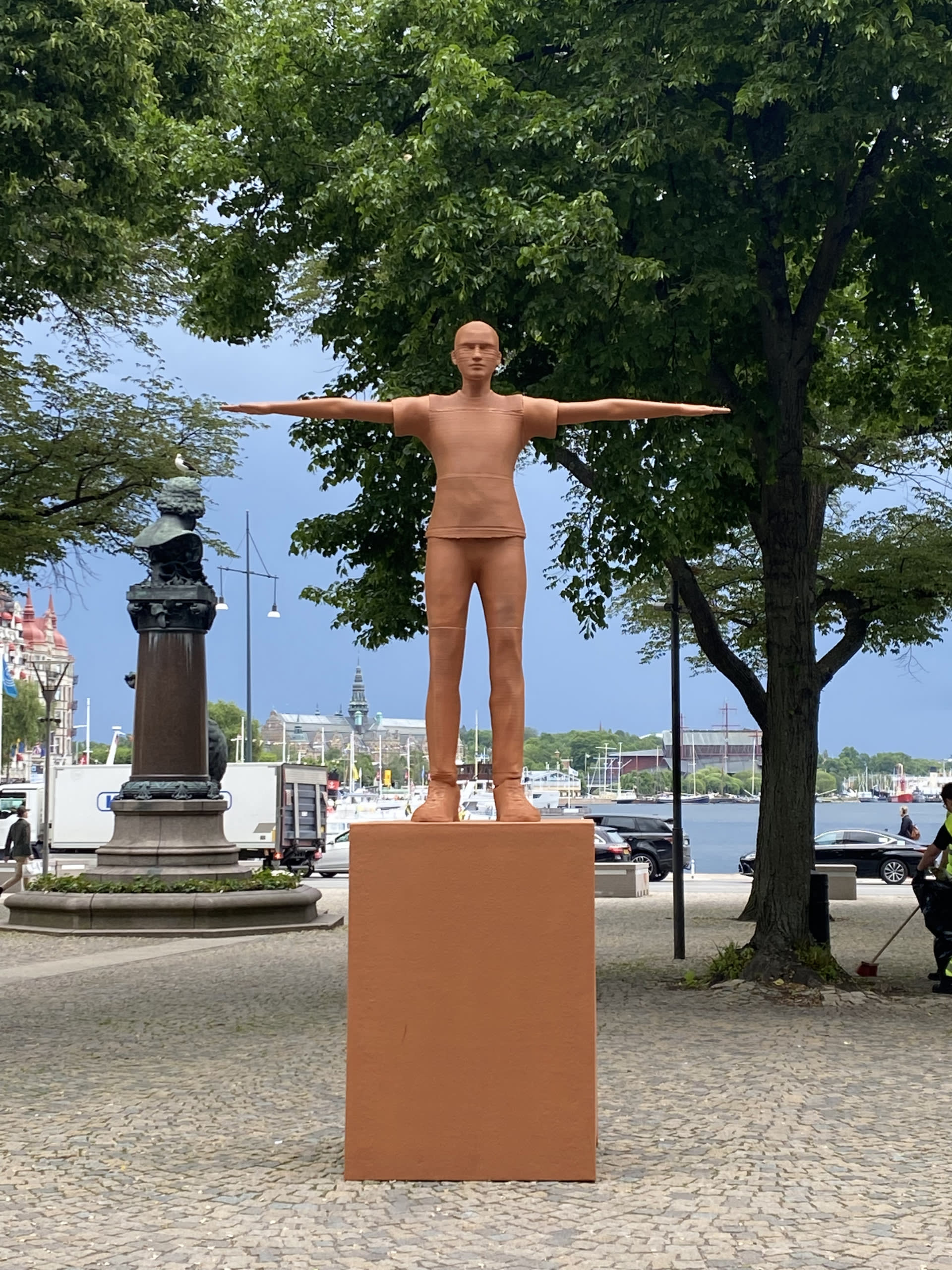Inside the Postdigital Crowds
The aesthetics and politics of the mediation and governance of the 21st century crowds.
This practice-led research analyses and explores, through different artistic mediums and processes, the aesthetics and politics of today’s postdigital crowds. Through artworks using visual, material and physical articulations, it addresses the urgency of a phenomenon where the employment of computational tools and mechanisms representing and governing today´s crowds and collective behaviour are becoming increasingly opaque while facing political and ethical dilemmas.
In order to study digitally operated crowds in their proper conditions, this research projectactively affirms its situated and embodied perspective. The project is conducted from within a postdigital reality, a reality itself integrated with the circuits of global capitalism. In the twenty-first century surveillance economy, every crowd subject is entangled with and defined by technologies that track and model its behaviour.
An “automated crowd” as a digital, operational representation of an “organic”, analogue crowd, generated through tracking, data-gathering, and modelling of that organic crowd and its subjects. The automated crowd is, within this research, considered as a crowd constituted by multiple, digitally “programmed” bodies. Any attempt to approach the automated crowd as both theoretical and practical research object must consequently account for the investigating subject’s own situated and embodied status, and for the way the human body may function as at once a reference and a tool for investigation.
The research studies the representation and the construction of these crowds through an analysis of a number of mediating technologies and platforms: crowd simulation software packages, and their connected databases, through which digital crowds are constructed; surveillance and tracking systems that employ associated techniques for dynamically mapping, governing, and organising “analogue” crowds; and the non-playing characters which composes the interactive “background” crowds in video games.
The artistic components/artworks of this research project uses various mediums and modes of expression such as: transmediated sculptures and installations where digital forms have been translated from the immaterial to the material; scripted performances where professional dancers conjugate/reenact the behavioural grammar of digital agents; assemblage works based on documents and images drawn from online archives; and finally essay films that combine found footage and newly shot images using methods of intellectual and associative montage.
Two key terms were central for the development of this research: the notion of “default” settings and options, and the concept of “flow”. These two concepts both name prominent strategies and mechanisms through which the crowd is today digitally mediated and organised. They have therefore served both as objects of study and as heuristic tools for my theoretical and practical investigations.
Most digital systems employ interfaces that individualise the user experience, establishing a personalised space where the user may exert a highly scripted and circumscribed mode of control. These interfaces are designed to be experienced as individualised, but made for many, programming the behaviour of thousands, even millions of people, depending on the platform’s reach. By necessity, such operations of mass governance must make use of a limited range of default modes, in order to address the multitude of individuals in a “user-friendly” way. Those default modes may facilitate access and navigation, but are regularly interconnected with data harvesting systems that generate vast sets of data concerning user behaviours, from which patterns and predictive models can then be derived.
“Automated” crowds are therefore operated first of all in default mode. Consequently, a “default crowd” is not an average crowd, but a crowd operated by statistically informed, average-based systems. In crowd simulation software, default modes create default agents acting together as default crowds, all in accordance with a library of predefined aesthetics and behavioural patterns. I have therefore devoted my attention to the programmed bodies of digital default agents available in crowd simulation software. Seeking to understand the “default” behaviours prescribed by these agents, I have studied their features, their physical traits, and the gendered choreography of their behavioural vocabulary. I have then translated and conjugated those forms and patterns into different mediums and materialities, seeking to reveal the ethical and political norms that they embody and enact. My aim here has been to set up a new choreography of analogies to explore contradictions between material and immaterial bodies, digital and analogue agents, where the latter draw from, enact, and diverge from the default modes set by the former, as can be seen in the performance And or Or (2018) and the essay films Default Character and Di-Simulated Crowds (2018).
This research have also analysed the notion of “flow”, aiming to show how various “natural flows”, on different scales – from the individual human body to planetary ecosystems – are being rechanneled in accordance with a profit-oriented logic, producing a range of effects with momentous social and ecological implications. In an accelerated, postdigital society, the crowd may become a vehicle of homogenising subject-formation, relaying social and psychic “flows” into a programmed, quantified, and performative “mass”. In the essay film The Power of Flow, The Flow of Power (2020), I have used an associative editing technique in order to generate an immersive yet critical experience of how micropolitical and macropolitical “flows” intersect and interact.
This research project uses a variety of different discursive modes and aesthetic arrangements,with the aim not only to establish a theoretical understanding of the forms and instruments that are used to mediate and govern crowds, but also to facilitate an embodied, sensible and visual experience of those forms, and their political implications.
